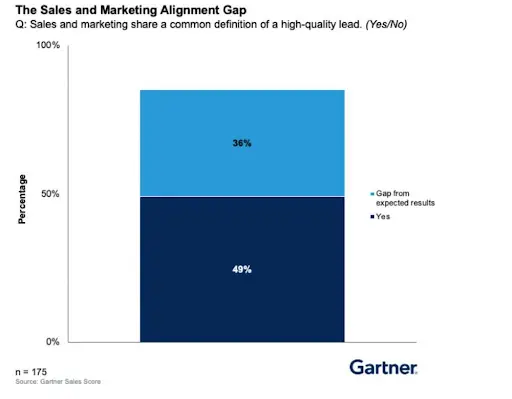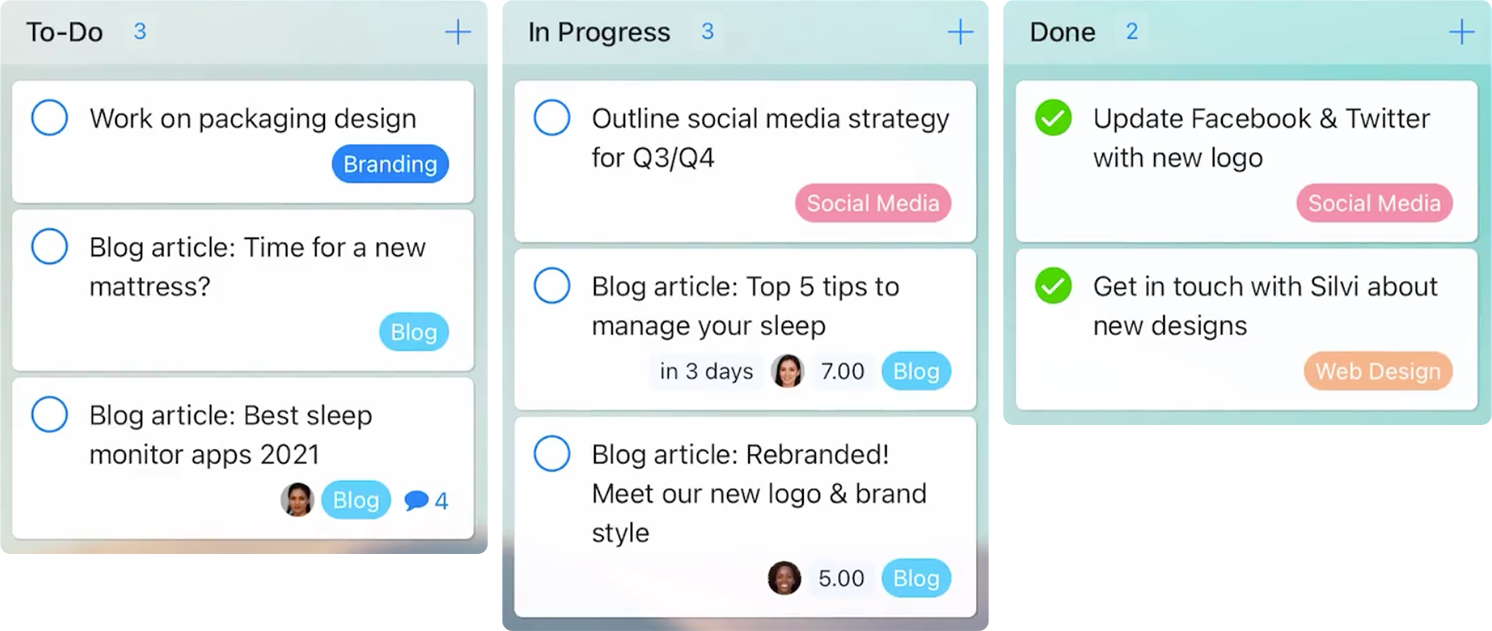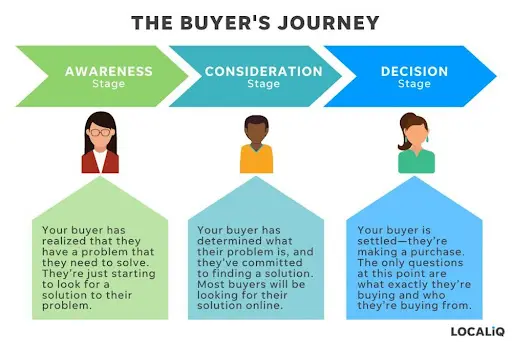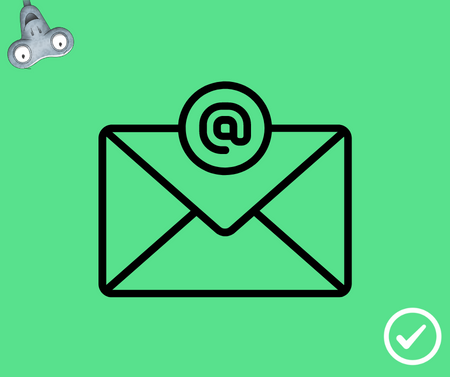Lead Nurturing Your Business with a Successful Workflow
Is your business primed to for lead nurturing?

People who interact with your brand and show interest in your offer are called leads. Unfortunately, most of them aren’t ready to make a purchase yet.
So, you need to do two things: first, you need to prevent them from falling out of your marketing funnel, and second, you need to turn them into paying customers.
To achieve these goals, you need to nurture the leads. Lead nurturing is the process of providing engaging content to prospective clients at each stage of the sales funnel. It develops and reinforces relationships with buyers at different sales pipeline stages.
A successful lead nurturing program should focus on listening to prospects’ needs and providing them with the right information at the right time. This process is essential because it allows the brand to build trust and, most importantly – maintain a connection until prospects are ready to purchase.
In this article, you’ll learn how to create a successful lead-nurturing strategy to boost sales right away. Let’s dive in.
Collect Useful Data About Target Buyers
To create an efficient lead nurturing strategy, you first need to know your audience. Analyzing customer data is an effective way to identify leads and customize marketing messaging.
The data helps businesses understand their customer’s shopping habits and online behavior. Some of this behavior includes how they interact with your business and what content they respond to best.
You can use various tools to collect this data, but Google Analytics is probably the most popular option. You can also create forms and encourage people to fill them out, for example, when they’re signing up for your newsletter.

The most valuable data to collect is the information that enables you to segment leads into the right groups. For example, when you observe there is a group of people that converts better, you can focus your lead nurturing efforts on this group.
You should consider whether these people have something in common, for example, location or number of visits to your home page. This way, you can group these leads and label them to benefit your future marketing actions.
It also helps to prioritize the leads you grouped. To do that, you can use the method called lead scoring. It’s a way of ranking prospects on a scale representing the value they can bring to the business. You assign numeric values to certain website browsing behaviors, conversion events, or social media interactions. The resulting score can help you determine which leads are ready to go into the sales process and which leads need to be nurtured more.
Collecting data and organizing it properly can significantly help manage marketing actions. It can be used to make more personalized messaging and automate marketing processes.
In the long run, collecting data can help you better track marketing parameters, such as SEO results and social media reach. With this knowledge, you can better plan your lead nurturing campaigns in the future.
Align Your Sales and Marketing Teams
There are two types of leads you need to know – marketing-qualified leads and sales-qualified leads. These two groups of people need different communication methods from different sources.
A marketing-qualified lead is someone who just got to know your product and needs a little more communication to be persuaded. They are the ones that are sent into the lead nurturing process. A sales-qualified lead is a prospective customer interested in the product and ready to talk to a sales team.
Evaluating your leads and passing them through to the sales team at the right time is crucial for keeping them in the sales cycle. To do that, both teams must understand your brand’s definition of a lead.
Unfortunately, only 49% of sales and marketing teams have a standard definition of a lead, as examined by a Gartner study.

This poses a threat of missing out on promising leads or wasting time on unqualified leads. Both teams should agree on what makes a marketing-qualified lead and a sales-qualified lead and prioritize the accounts to pursue. When all these aspects are clarified, there will be no room for misinterpretation.
If you want to keep the leads in the sales cycle, you also need impeccable communication between the sales and marketing teams and a clear division of responsibilities. To support that, it would be helpful to use software such as a project management tool or unified communications as a service platform.

Simplify your project communication and task management with our user-friendly project management software.
Sign up for free today!
Great workplace communication and mutual understanding of the business objectives can go a long way in enhancing a lead-nurturing strategy.
Create a Content Strategy
Content marketing is a great tactic not only for lead nurturing but also for lead generation. However, different types of content work better for different audiences.
Therefore, you need a content marketing strategy that reflects people’s needs and caters to various groups. To do that, you need to understand what types of content work best at different points of the buyer’s journey.
- Awareness: This stage starts when a person comes into contact with the brand and wants to learn more about your business and its products and services. At this stage, the best types of content are blog posts, social media posts, podcasts, e-books, videos, and infographics.
- Consideration: In this stage, potential customers begin to understand what your products or services can do for them and start considering purchasing them. At this point, you should reinforce the prospect’s trust. You can engage potential customers with events, webinars, emails, whitepapers, and case studies.
- Purchase: At the final stage of the funnel, you make the purchasing process as easy and satisfying as possible. This is your best chance at creating loyal customers. Content that works best for this stage includes coupons, product features, use cases, product comparison pages, testimonials, and pricing pages.

Understanding the needs of your clients and market is the number one step in lead nurturing.
If you match the right content with prospects at the right decision-making stage, you can convince more people to purchase your product.
In addition, with a clear division of content types, it will be easier to track which content converts best. It will support creating a transparent content creation and distribution process that can help, especially if you outsource to freelancers or want to hire new managers for your marketing team.
Use Email Marketing
Email marketing is one of the best lead-nurturing tactics because it’s universal, easily scalable, and supports marketing automation. This channel can be used to communicate with people at every stage of the sales pipeline.
With email marketing, you can segment these people into groups based on several variables and craft personalized messages for each group. That makes nurturing leads even more effective as you can target every lead with content types they’ll resonate with.

Most email autoresponders allow you to create an entire journey for a prospect depending on their interactions with your website. You can prepare a few pieces of email copy and automatically send them when a prospect makes a specific action. This makes your lead nurturing process more efficient.
Email marketing can serve two needs at the same time – it can help you promote your services or product and collect more customer data. You can track people’s behavior and create personalized marketing communication to nurture leads even more efficiently.
Final Thoughts
To create a successful workflow for lead nurturing, it is crucial to have a content strategy that reflects people’s needs and caters to various groups. In addition, you need to collect data about your prospects to create effective lead-nurturing strategies.
Email marketing also enables effective communication to reach leads at every sales funnel stage. Plus, it enhances automated lead nurturing.
Implementing these methods will help you keep track of your leads and optimize your sales pipeline to ensure most of the leads convert into customers.
About the Author: Tomasz Niezgoda is the Head Of Marketing at Surfer, a platform that merges content strategy, creation, and optimization into one smooth process. With almost a decade of experience in the industry, he is responsible for incorporating and executing marketing strategies. Currently, he manages a team of 4 wonderful experts.
FREE 20 MIN. CONSULTATION WITH A PROJECT MANAGEMENT EXPERT
Wanna see how to simplify your workflow with Zenkit in less than a day?
Book a Live Demo